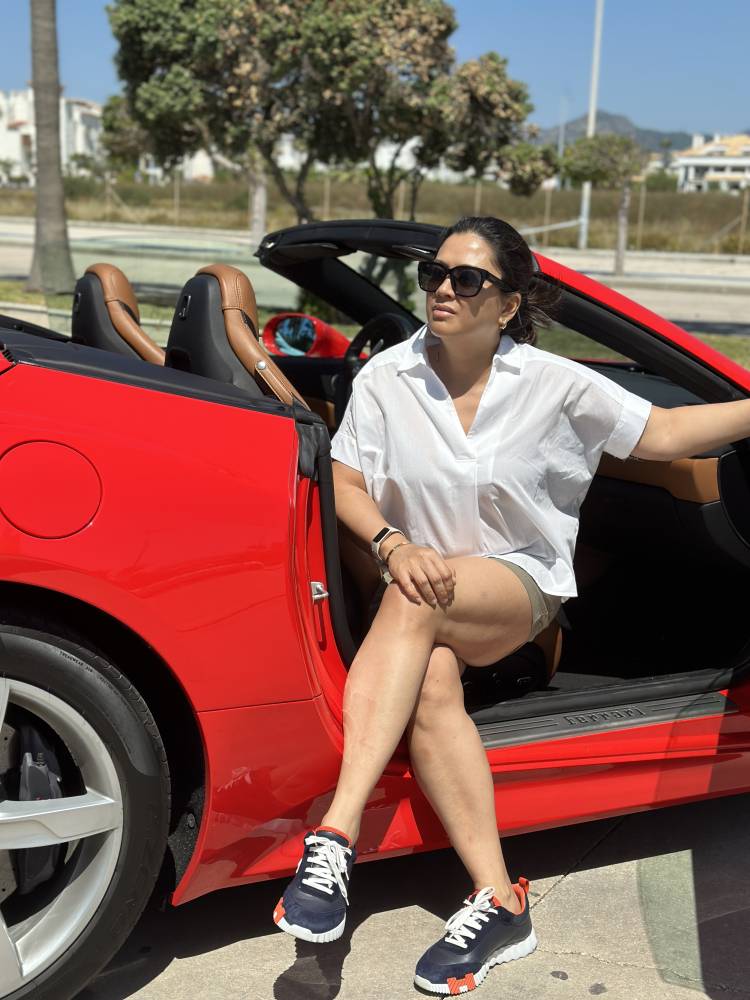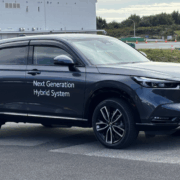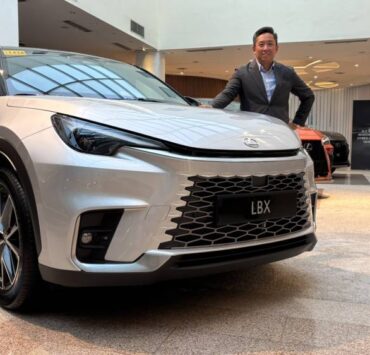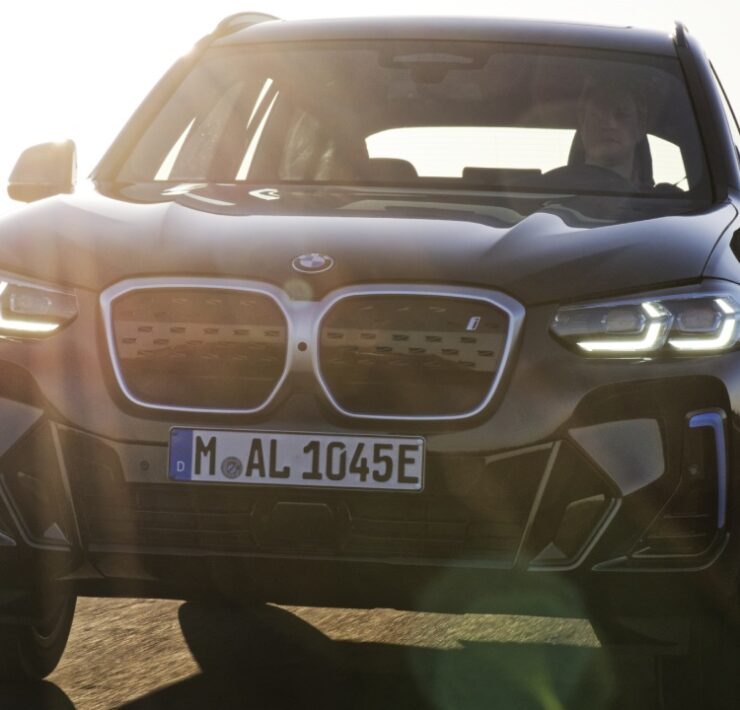How women shaped the cars of today

Have you ever thought of how the usually male-dominated world of cars evolved to be more female-centric?
In the past few decades, the needs of women have become one of the major influences shaping the automotive industry. And no, it’s not just about making cars in shades that match our nail polish or adding extra horsepower—that’s for the dudes. We asked for practical features that allow us to multitask like real pros, stay safe on the road, and avoid Botox injections.
Take Ford’s MyKey technology, for example. Inspired by parents (mostly moms) wanting to limit their teens’ driving speed and the car stereo’s volume, saving us all from the migraine of hearing ‘APT’ on repeat. I am an SUV lover, and true enough, I became part of the demographics that spawned the rise of compact SUVs like the Toyota RAV4 because I wanted the space without the bulk.
Safety for all: Crash-test dummies that fit
Did you know that, for decades, crash-test dummies were modeled after the average male body? It wasn’t until the 2000s that researchers realized this oversight left women more vulnerable in accidents. Volvo took the lead with its E.V.A. Initiative (Equal Vehicles for All), using over 40 years of crash data to improve safety for everyone. Toyota redesigned the Camry’s safety features to address diverse body sizes, and Ford introduced adaptive seatbelt systems for inclusivity.
Practical impact: Thanks to these updates, airbags, seat belt tensioners, and car frames now offer better protection for drivers and passengers of all shapes and sizes. Volvo’s initiative also influenced industry-wide standards, ensuring safety improvements for everyone.

The magic of flexible interiors
Raise your hand if you’ve ever tried to fit a stroller, groceries, three kids, and maybe your secret shopping into your car. Honda heard your cries and introduced “Magic Seats” in the Odyssey back in 1999. These seats fold completely flat, making turning your vehicle into a cargo-hauling superstar easy. Toyota’s Highlander and Hyundai’s Palisade joined the game with split-folding rear seats and one-touch sliding options.
Practical impact: Flexible seating isn’t just for moms—it’s a lifesaver for professionals and multitaskers alike. Whether you’re hauling gear for work, play, or everything in between, spacious interiors in SUVs like the Hyundai Tucson make juggling easier.
Comfort at every turn
In the 1960s, women like Suzanne Vanderbilt at General Motors began reshaping car interiors with comfort and accessibility in mind. Jeep introduced ventilated seats to keep drivers cool in all climates, and Nissan’s Zero Gravity Seats, developed with NASA, reduce fatigue on long drives.
Practical impact: From commutes to road trips, these comfort features make driving less of a chore. Adjustable seats in cars like the Subaru Forester even reduce back strain, making them ideal for moms-to-be or anyone who spends a lot of time on the road.

Hands-free, worry-free tech
Ever wish you had an extra hand while driving? Ford’s SYNC, launched in 2007, was a game-changer, letting drivers make calls and navigate hands-free. Hyundai and Kia took it a step further with Apple CarPlay and Android Auto integration, while Tesla’s minimalist touchscreens revolutionized controls.
Practical impact: Hands-free tech keeps us connected and safe, making multi-tasking behind the wheel much easier. Hyundai’s Digital Key even lets you unlock and start your car using your smartphone—a lifesaver when your hands are full.
Stylish and smart designs
Volvo’s “Your Concept Car” (YCC) in 2004, designed by an all-female team, included thoughtful features like storage for handbags, swappable seat covers, and ergonomic layouts. MINI Cooper and Fiat upped the fun with customizable interiors, while Lexus and BMW combined luxury with functionality through ambient lighting and high-end trims.
Practical impact: Customizable designs and chic interiors mean you can express your style while still having a car that works hard for you. Whether it’s a Lexus RX or a BMW X5, these cars prove that utility and elegance can coexist.
The impact on future designs
These innovations aren’t just about convenience—they’re about inclusivity. Women’s influence has led to safer, smarter, and more stylish cars for everyone. With women influencing over 60% of new car purchases, automakers are finally paying attention to what really matters.
So, ladies, let’s keep those suggestions rolling! The next big feature may be an automatic noise-cancellation system specifically tuned to drown out complaining children and backseat driving from our husbands. Now, that sounds like a good investment, indeed!



















